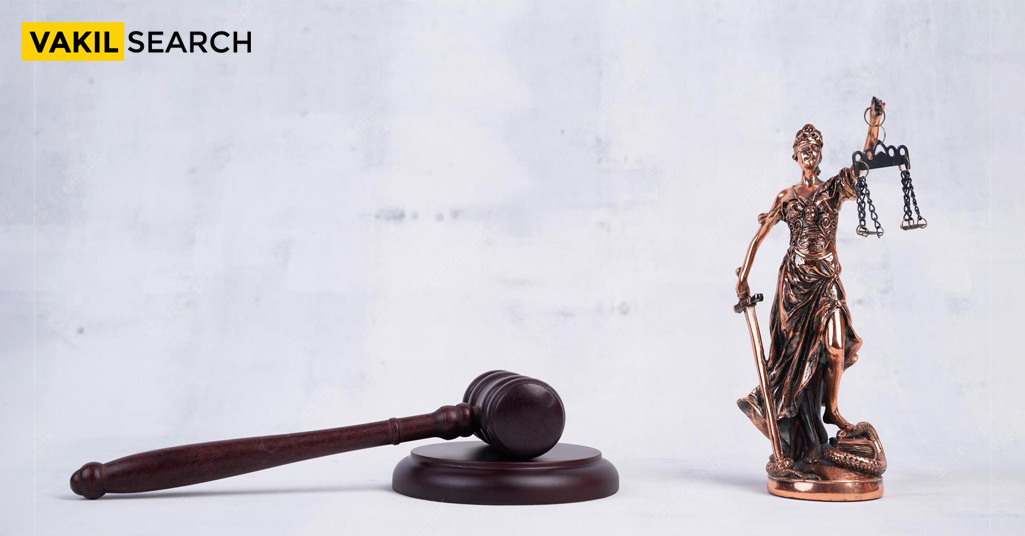A fund requirement kept in place by Indian companies that issue debentures is known as a Debenture Redemption Reserve (DRR).
Companies which have issued debentures maintain a fund known as the Debenture Redemption Reserve (DRR). Its objective is to reduce the risk of debenture repayment default. The DRR makes sure that money is available to meet debt holder obligations. Two parts make up the DRR. Putting some of the profit aside is the first element.
The process of “earmarking funds” is how the profit is distributed. It makes sure that there are enough profits available to pay back the debentures. A financial investment is a part of the second element. It makes sure the business has the resources essential to produce the repayment.
It was a requirement for all businesses to develop a DRR. DRRs were the subject of a notification from the Ministry of Corporate Affairs (MCA) on August 16, 2019. Companies are no longer required to keep a DRR as a result of the notification. Companies listed on the Bombay Stock Exchange (BSE), National Stock Exchange (NSE), or Calcutta Stock Exchange (CSE) are exempt from maintaining a DRR as of the 16th of August 2019.
Goals and Individuality
Companies that have taken out loans through debentures might not have the money to pay them back. In order to reduce the likelihood of failure, the government developed the idea of a DRR in 2000. Lack of profit and a liquidity shortage are the main causes of default. The idea of a DRR stipulates two conditions to address both of these worries:
- The DRR is “earmarked” a certain amount of profit each year. Prior to the repayment of the debentures, the earmarked sum cannot be used. The dividend that shareholders can receive is decreased as a result of this strategy. A prospective settlement to debenture holders is made possible by the company’s ability to retain enough money when dividends are reduced. Consequently, it becomes less likely that the business will default as a result of problems with profitability.
- The amount transferred to the DRR is equal to the price of the investments purchased each year. It is only possible to invest in securities that have received government approval. The only purpose for which the investments may be sold is to satisfy the debt owed to the holders of the debentures. A portion of the company’s assets are set aside to pay off the debenture liability as a result of this strategy. Consequently, it becomes less likely that the business will default as a result of problems with profitability.
Applicability
Except for the following businesses, all should keep a DRR:
- Public Financial Institutions (PFIs) are businesses whose paid-up shareholding is held to a greater extent than 51% by the Central Government. Some examples include the Life Insurance Corporation of India, the Infrastructure Development Finance Company, the Industrial Credit and Investment Corporation of India, the Industrial Finance Corporation, and the Industrial Development Bank of India.)
- All India Financial Institutions (AIFIs) (AIFIs are businesses that operate under Reserve Bank of India supervision) (RBI). Examples include the National Bank for Rural and Agricultural Development, the Export-Import Bank of India, the Small Industries Development Bank of India, and the National Housing Bank.)
- Organisations that finance housing (The requirement to maintain a DRR will be waived if the company is registered with the National Housing Bank)
- Companies that Finance Non-Banking (NBFCs) (If the company is registered under section 45-IA of the Reserve Bank of India Act, 1934, the requirement to maintain a DRR will be waived.) When a public issue of debentures occurs, the DRR should be established (for unlisted NBFCs and HFCs).
- All banks that are scheduled (scheduled banks are banks mentioned in the second schedule of the Reserve Bank of India Act, 1934).
The MCA implemented these relaxations in order to lower the cost of lending that businesses must pay.
Allocation of Funds
- The company’s profit should be contributed in part to the DRR. Only profits that are eligible for dividend distribution should be used. The transfer must be made in order for the debentures due to be repaid in the following fiscal year (FY).
- 10% of the extant debentures (up until August 15, 2019, it was 25%), minus the amount in the DRR, should be used to calculate the transfer amount. The applied rate will be 15% as opposed to 10% for HFCs and NBFCs. Before the 30th of April, the transfer must be completed.
- It is the responsibility of the company’s financial executives to maintain the DRR’s current value. Only debenture repayments should be made with this sum. If debentures are partially convertible, the DRR should only be created for the non-convertible portion (partly convertible debentures carry the option to convert part of the debt into equity).
Investment of Funds
The sum that is deposited to the DRR must also be deposited in the securities that have been approved. The following securities have been approved:
- Deposits at designated banks
- Treasury bills from the government and commercial papers
- Government-issued long-term bonds
Before April 30th, the investment must be made. The investment should be made in an amount equal to the transaction submitted to the DRR. There should be no difference between the ledger balances for the DRR and the investment.
The market value of the securities purchased could decline below their valuation (Book value is the amount shown in the ledger for the investment). A suitable adjustment to the book value should be made in such circumstances.
The change is made to ensure that the investment’s market value is accurately reflected in the book value. The DRR balance will exceed the investment’s value once the correction has been made. Consequently, it becomes necessary to make additional investment purchases. When there is proof that the market price is not likely to rise the investments’ book value should be adjusted.
Utilization of Funds
Debentures should be repaid when they’re due, so sell your investments to cover your debt. In order to fulfil the obligation to the debenture holders, the sale proceeds must be used exclusively for that purpose. It is not advisable to deduct the gain or loss from the DRR as from sale of the investments. The remaining funds in the DRR could be moved to the general reserve after the loans for the debentures are fully paid.
Conclusion
Get in touch with the legal professionals at Vakilsearch if you require any assistance with the Debenture Redemption Reserve. You’ll find things easier thanks to our team.
Also, Read:
- Fssai License Procedure
- Time Limit For Registering of Property?
- How to Obtain an Fssai License for a Fruit Business









